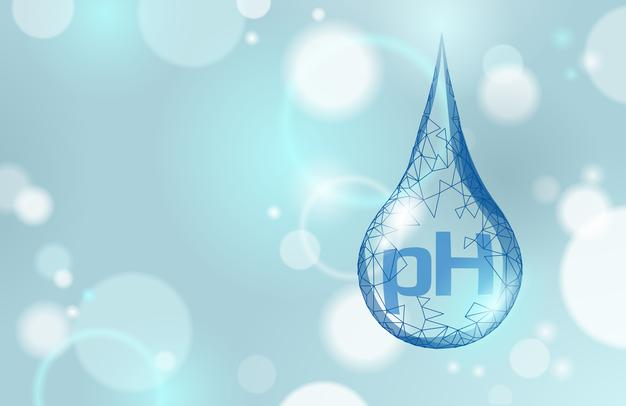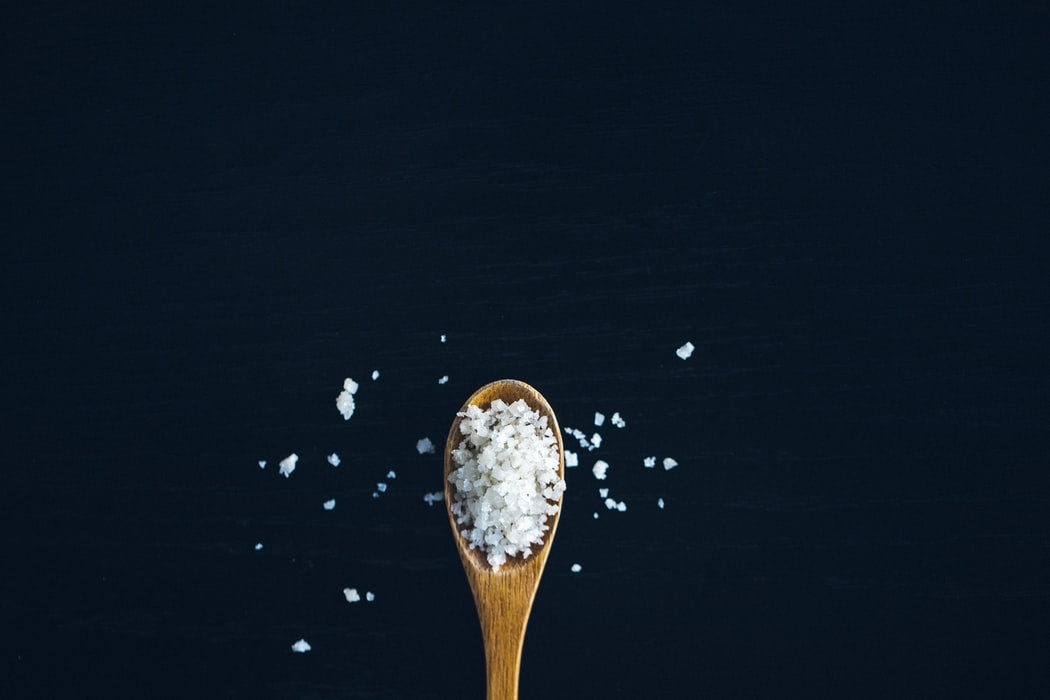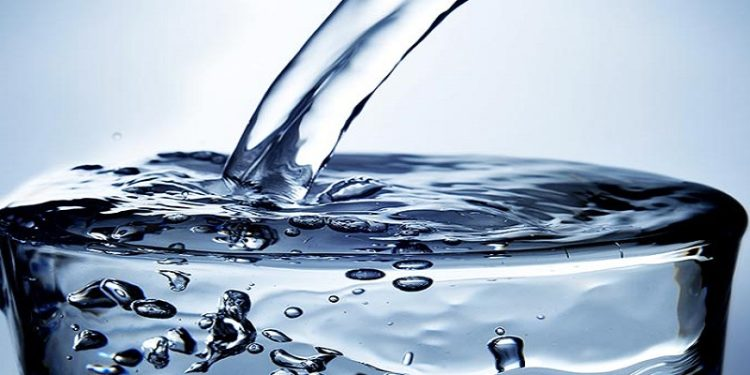What is pH in water? How much pH is good for drinking water?
1. Definition of pH:
You may have heard the word “pH” used to describe the quality of drinking water, but do you know what it means?
pH is a measurement of charge carriers in a substance. It indicates how acidic or alkaline (base) the substance is. The pH scale ranges from 0 to 14: specifically acidic water has a pH lower than 7. The most acidic substances have a pH of 0 (Battery acid falls into this category), Alkaline water has a pH of 8 or more. The most alkaline substances, such as lye, have a pH of 14. Purified water has a pH of 7 and is considered “neutral” because it is free of acids and basic substances.
2. What is the safe pH for drinking water?
The U.S. Environmental Protection Agency (EPA) is responsible for monitoring the quality of public drinking water throughout the United States. pH is not an EPA regulated quality as it is considered the aesthetic quality of water. However, the agency recommends that municipal drinking water suppliers keep their water at a pH between 6.5 and 8.5, which is similar to the pH threshold for drinking water for Vietnam.
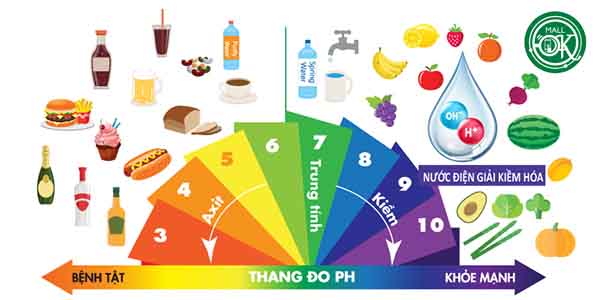
3. What does pH change or unsafe mean?
The pH of fresh water varies around the world depending on weather patterns, human activity and natural processes. Water with a very low or high pH can be an indication of chemical or heavy metal contamination. Water is not in the “safe” pH range of 6.5 to 8.5, just because water is alkaline it does not mean it is unsafe. However, very alkaline water can have an unpleasant odor or taste and can damage pipes and plumbing fixtures.
Acidic water with a pH less than 6.5 is more likely to be contaminated with pollutants, making it unsafe to drink. It can also corrode (dissolve) metal pipelines.
Many municipal water suppliers voluntarily test the pH of their water to monitor for pollutants, which can be indicated by a changing pH. When contaminants are present, water companies treat their water to make the water safe to drink again.
4. Commonly used pH levels in alkaline water
Alkaline Ionized Water: A new trend, alkaline water has become a popular drinking water option over the past few years. Some say that drinking water that is slightly alkaline — with a pH between 8 and 9 — can improve your health. They say it can make you age more slowly, maintain a healthy pH in your body and prevent chronic diseases like cancer.
Despite the numerous health claims made by alkaline water drinkers and sellers, there is little scientific evidence that alkaline water is healthier than other types of drinking water.
But there is some research that suggests alkaline water may benefit the health of people with certain medical conditions, such as: acid reflux (2012 study), high blood pressure, diabetes, and high cholesterol (study in 2001). Highly alkaline electrolyzed water can also be helpful after exercise-induced dehydration.
5. Test pH at home
Municipal water suppliers usually do a good job of keeping their water at a normal pH of around 7, so there’s usually no need to test it yourself at home.
But if you notice your faucets and pipes are rusty red, white, or blue, you may want to take the steps yourself. This discoloration – as well as any discoloration of drinking water – is a sign of corrosion caused by acidic water. Corroded pipes should be inspected by a professional plumber and replaced if necessary.
Việc kiểm tra độ pH của nước uống tại nhà khá dễ dàng và không tốn kém. Tất cả những gì bạn cần là một bộ dụng cụ kiểm tra tại nhà. Chúng có nhiều dạng khác nhau với các mức giá khác nhau.
Some of the most highly rated pH testing products are the “pen” for water quality testing. Simply dip the pen into a sample of your drinking water and in a few moments you will receive an accurate pH measurement.
If your water falls within the EPA’s recommended range of 6.5 to 8.5, you do not need to take any action.
6. What to do if the pH of drinking water is outside the safe range?
If your drinking water pH is outside the safe range, it’s time to act. Call your local drinking water company to let them know of your test findings.
They can come to your property to have your water tested professionally. They should handle the situation if their test comes back abnormal as well. Since pH is often an indication of contamination, the water company may conduct several tests to look for various contaminants.
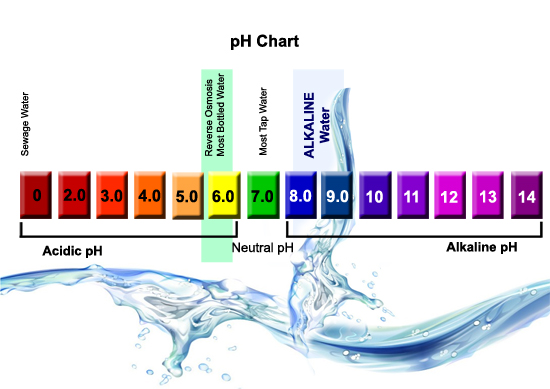
7. Why should TDS and pH values be monitored so often?
It is important to monitor TDS levels and pH of drinking water for a number of reasons. When the water source has a high TDS or a low pH, there is a good chance that there are other harmful contaminants in the water. Both TDS and pH are also easy to measure, and if something happens to the water, such as contamination, chances are good that both the TDS and pH levels will change, so monitoring those changes can work. as an early warning signal that something is going on with the water. For these reasons, it is important to monitor TDS and pH concentrations, so that if they change, appropriate measures can be taken immediately.
In addition, what if the water you are using does not have information on the TDS and pH values to determine whether the water is safe to use? Please send us a water sample bottle with at least 500ml capacity, we will test it for you for free as soon as we receive the water sample.
If you have any questions, you can directly contact:
Song Phung Environmental Trading Service Co., Ltd

Source: https://cleanwater.com.vn
Translator: Duong Nguyen Hoang Khang




